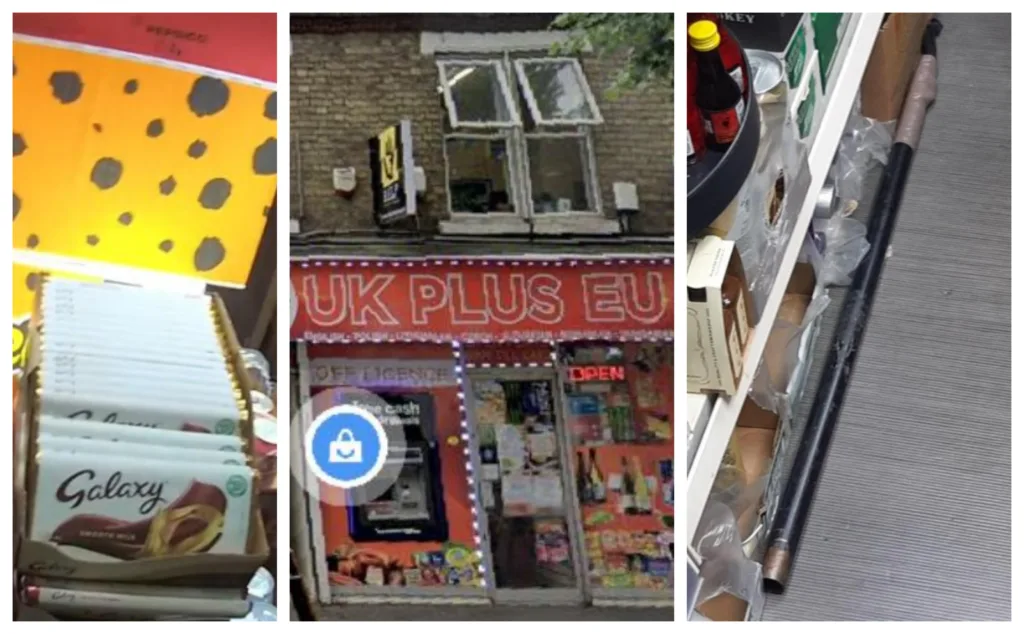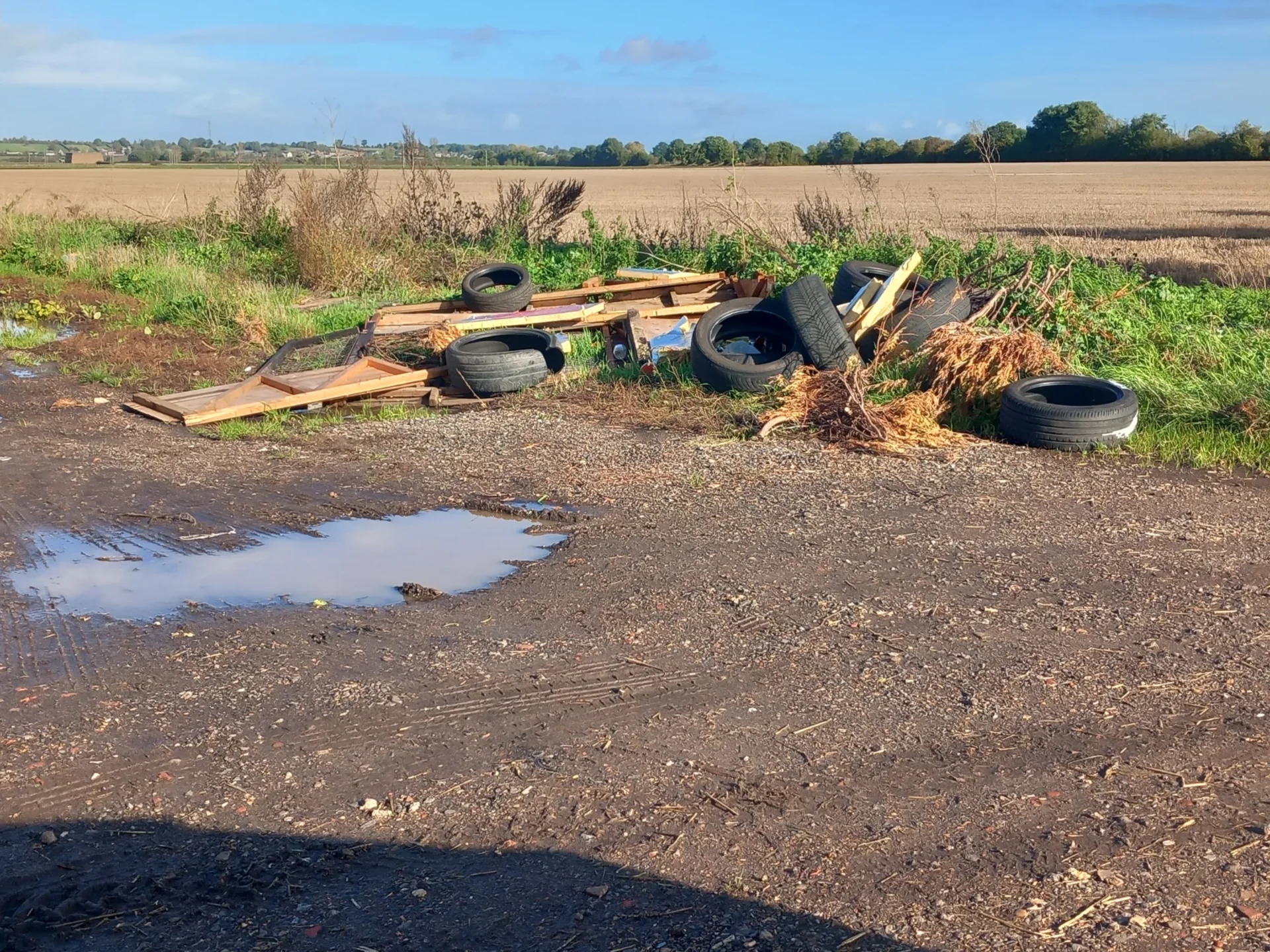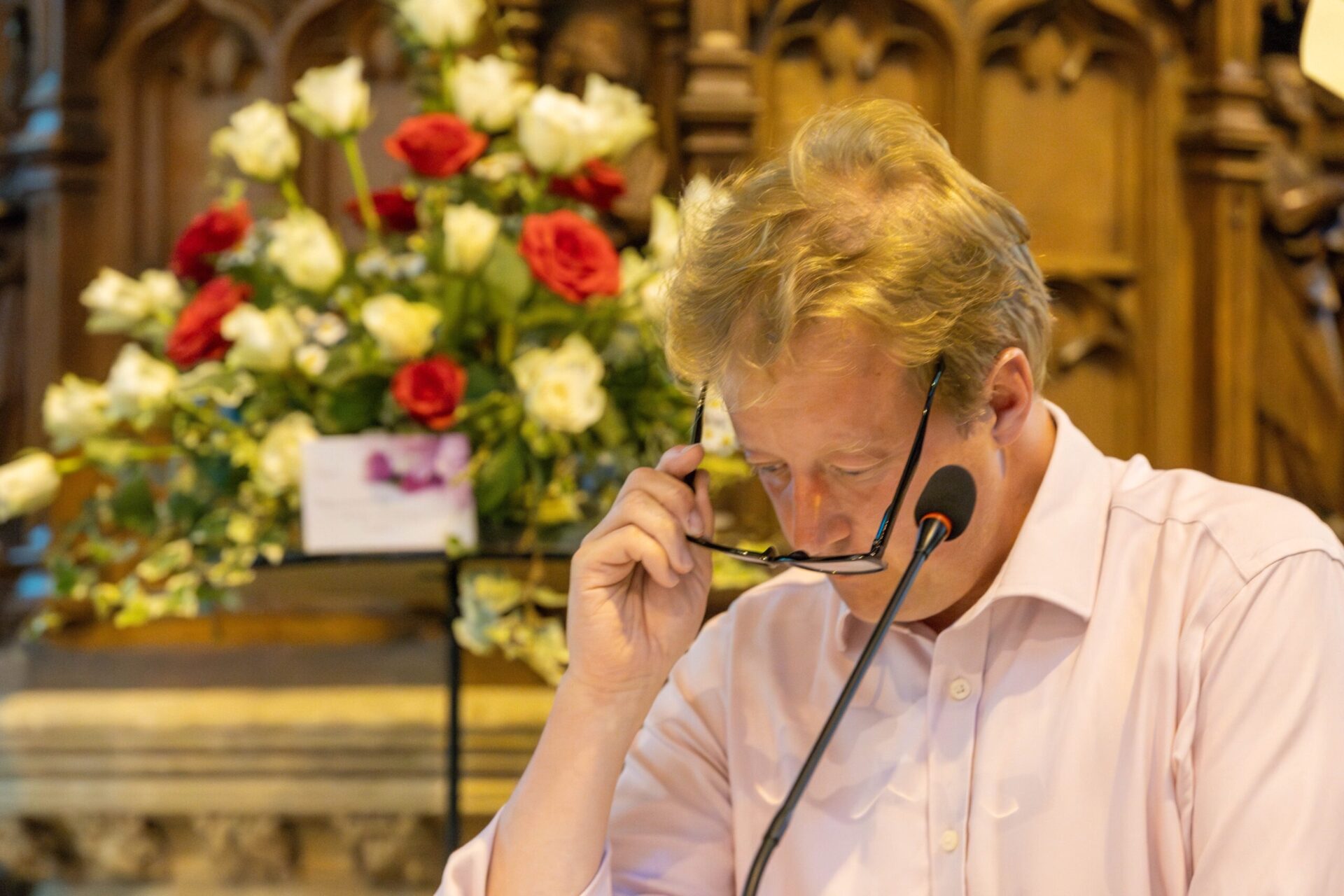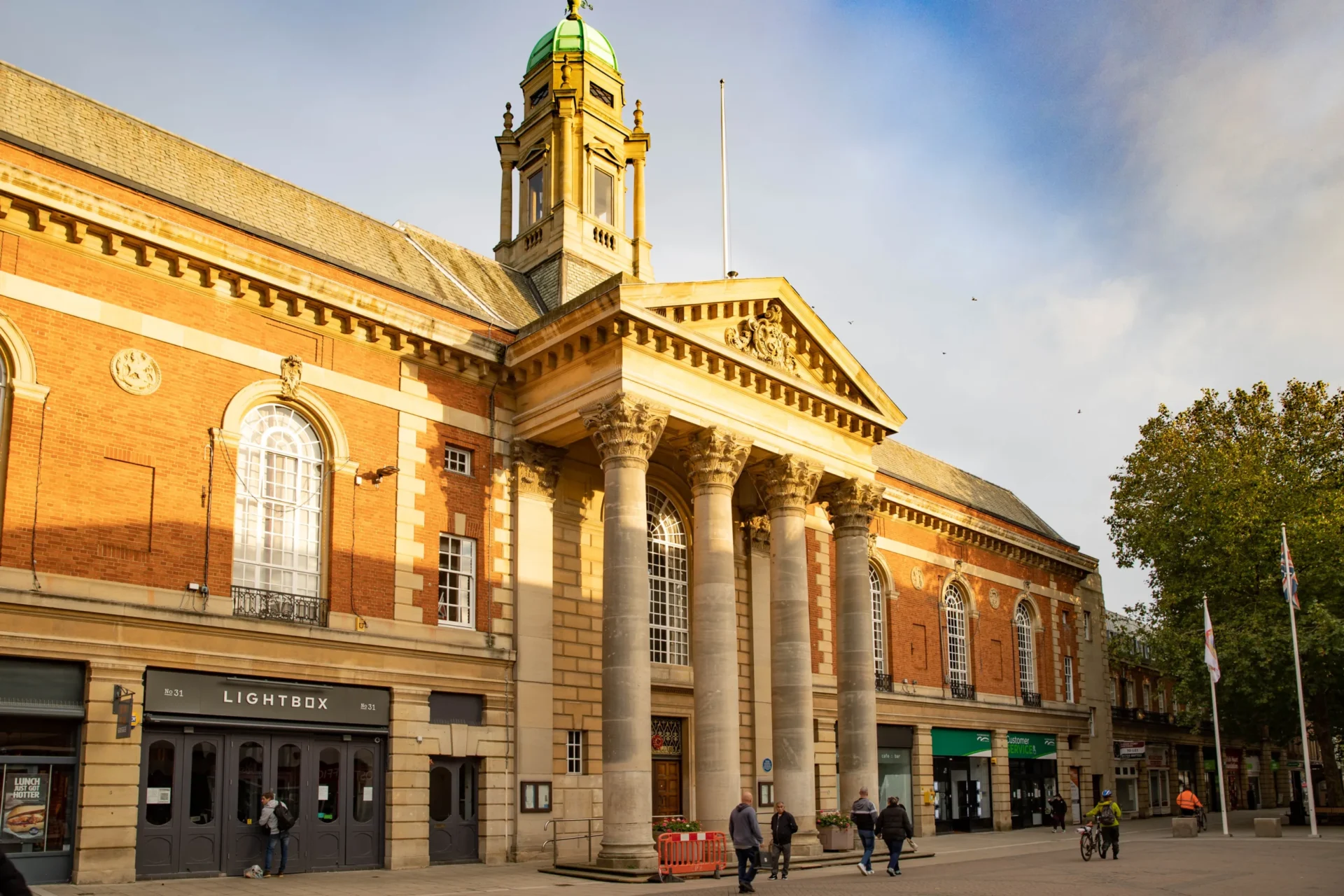It began with an announcement in the Times Educational Supplement from Kreis Kempen-Krefeld – later Kreis Viersen – looking for a twinning partner. Informal friendships with the region began in 1971 but it was not until 1983 that the formal twinning ceremony took place.
First links with Kries Viersen – a German region on the border with the Netherlands- included exchange visits between schools and sports clubs.
The informal arrangement continued for 12 years when it was formalised in ceremonies held in St Ives and Kempen in Kreis Viersen.
But by 2013 the world, and Cambridgeshire, had moved on.
The county council chief executive Mark Lloyd explained there had been representations about the moves to end the twinning link.
He pushed for the twinning link to end pointing out that “as the financial pressures have mounted over the last five years we would have to admit that we have allowed the activity we would normally expect through a twinning link to lie dormant”
“The main hub of activity geographically was in Fenland although there was also an emphasis on singing and choirs,” said Mr Lloyd.
He said some achievements were impressive, and in the 1980s the friends’ group in Germany raised DM18,000 for the restoration of Ely Cathedral. This is commemorated in a marble plaque located behind the high altar in St Etheldreda’s Chapel.
But Mr Lloyd said financial restraints and the change in nature of local government meant the exchanges were less regular.
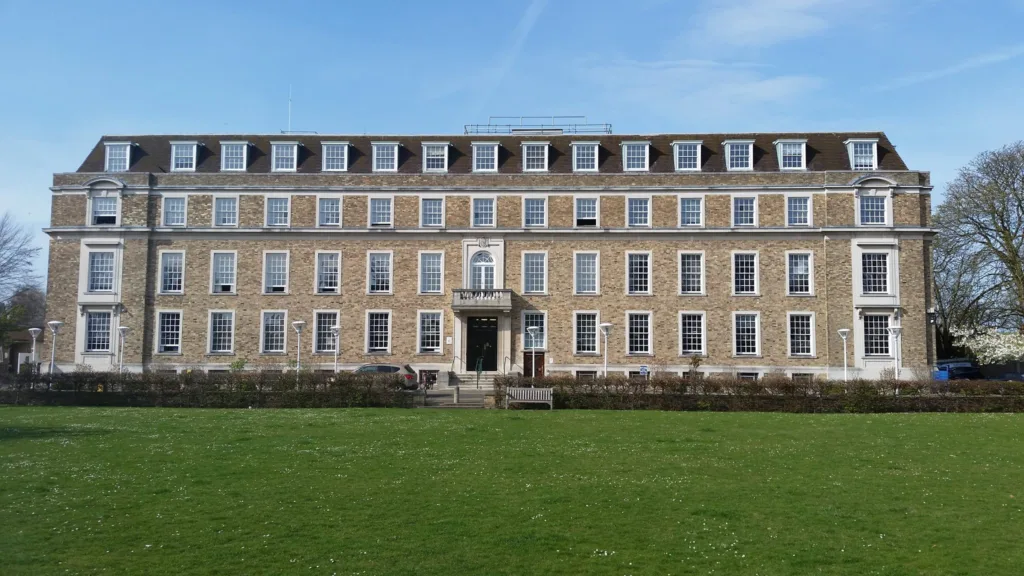
He said that two years previously an attempt was made to revive it but “whilst there was good will and a belief in principle, nothing new emerged”.
“The relationship between the two regions continued to flourish until the turn of the millennium, but over the last 10 years, perhaps in keeping with the social and political changes underway in Western Europe, the financial constraints and the change in the nature of local government, the exchanges became less regular,” was how he put it in a report to the cabinet.
However, the council’s senior members were reluctant to axe it and a council spokesperson explained after the meeting there had been representations about the moves to end the twinning link and as a consequence the matter would be discussed at a later date.
But what happened thereafter is buried in the midst of time.
County council officials admitted to CambsNews this week: “We’ve had a look into this for you. We believe the Kreis Viersen decision was made in November 2013, but cannot find the associated documents as they’re only held for seven years.”
The spokesperson added: “Sorry we can’t be of more help.”
My curiosity had been piqued by the announcement this week that the signs that have stood at Cambridgeshire County Council’s former headquarters for over 40 years are being preserved following a warning their appearance was beginning to deteriorate.
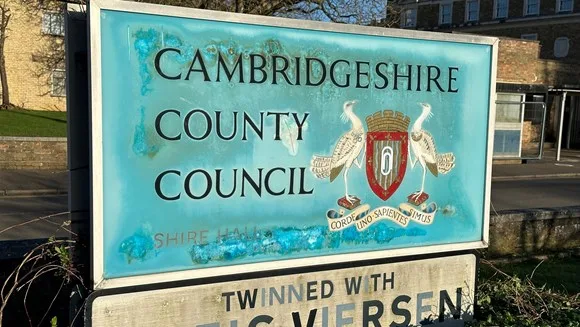
The two hand-painted signs, featuring the authority’s coat of arms, were positioned outside the entrance of Shire Hall on Castle Hill, Cambridge.
And they state – quite starkly – Cambridgeshire is twinned with Kreis Viersen.
The council left this site in 2021, moving to New Shire Hall in Alconbury Weald, and the signs were removed this week after the council “was alerted to their deterioration by one of the sign writers that had helped to create them” said the council spokesperson.
Paul Mumby, who was an apprentice at the time, said restoring the signs would be very difficult because of the way they were painted.
“He said the paint was flaking and any attempt to repaint them could damage them further,” said the spokesperson.
“Not wanting to lose these pieces of Cambridgeshire County Council history, the authority has removed both signs from the outdoor elements.
“They have been taken to a central Cambridge storage location until a final decision is made regarding their future use and where they are to be displayed.”
The re-marketing of the old Shire Hall, to find a commercial partner to redevelopment the site, will begin on Monday 29 January and run until the end of May.
It comes after the former preferred bidder, Brookgate, confirmed it was unable to complete the deal.
Since then, officers have carried out a detailed review of the six-acre site to provide them with a comprehensive update on all the options available.
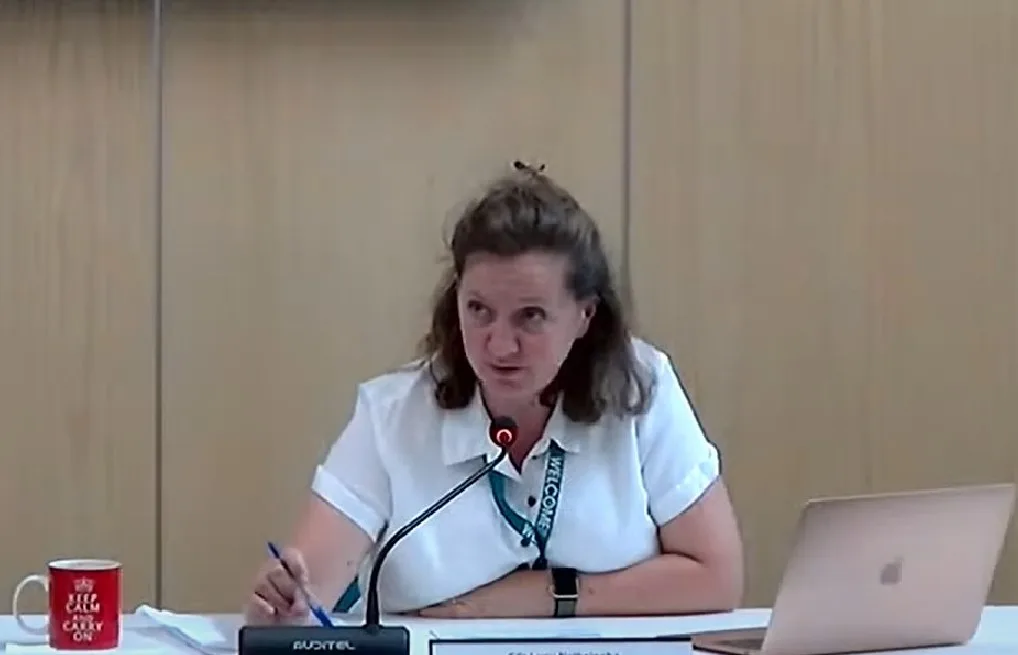
This concluded that the development of the site for office and hotel use remained the most valuable option for potential developers and local taxpayers – with a likely annual return in the region of £3m each year.
A report seeking approval of the preferred bidder was expected to be put to the assets and procurement committee on 18 June.
Cllr Lucy Nethsingha, leader of the council, said: “Shire Hall was our home for over 40 years and the signs that stood proudly at the entrance were a significant feature.
“I’m thankful to Mr Mumby, not only for helping to create them but for alerting us to the need to preserve them.
“A permanent new home is yet to be decided but I’m sure they will be a welcome addition to any collection of Cambridgeshire memorabilia.
“It comes at an exciting time as we prepare to re-market Shire Hall to find a new commercial partner.
“The site, which has been a seat of local government since Norman times, is in a prime position in Cambridge City and has huge potential for an ambitious developer.”




